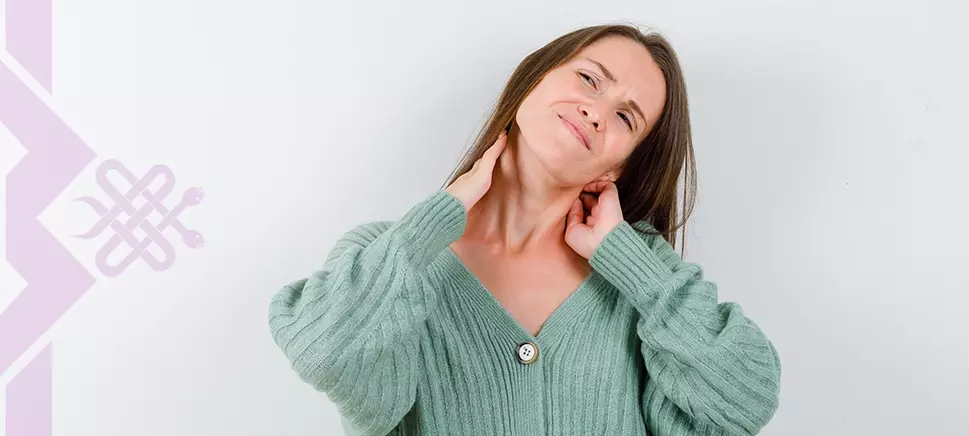What is Cervical Disc Hernia? How is the Treatment Applied?
-
 22 July 2023
22 July 2023
-
 Maltepe Hospital
Maltepe Hospital
- Orthopedics and Traumatology

What is Cervical Disc Hernia? How is the Treatment Applied?
Table of Contents
- Structure of the Cervical Vertebrae
- Surgical Treatment of Cervical Disc Hernia, Cervical Microdiscectomy
- Positive Factors in Cervical Disc Hernia Surgery
There are 7 vertebral bodies in the neck. The only difference in their structure from the lumbar vertebrae described in the previous section is that they are smaller. There are cartilages called cushions between each vertebra. The disease that occurs when this cartilage structure tears and presses on the spinal cord or nerves distributed to the arm is called “cervical disc hernia”. The patient has a severe neck pain with pain radiating to the arm and numbness. Over time, if the torn cartilage presses on the nerves, weakness in the arm may occur, and if the spinal cord itself is compressed, movement defects in the whole body may occur. In very advanced stages of the disease, patients become bedridden.
Structure of the Cervical Vertebrae
It consists of 7 vertebral bodies starting from the skull base. In the middle of each vertebral body is the spinal cord, which is the continuation of the brain. Sensations returning to the brain from various parts of the body or orders from the brain to the body travel through the spinal cord. In the neck region, the nerves emanating from each vertebral body spread to the arms and back, providing sensation and movement in these areas.
The disc tissue, which we call the cushion between the vertebrae, has an outer part (annulus fibrosus) and an inner part (nucleus pulposus). A cervical herniated disc occurs when the gelatinous inner part tears the outer part, which consists of a stronger connective tissue, and compresses the spinal cord and nerves. The main difference from a herniated disc is that not only the nerves but also the spinal cord itself are compressed, resulting in partial or complete weakness throughout the body. Since the spinal cord ends at the level of the first lumbar vertebra and there are only nerves going to the foot in the lower lumbar vertebrae, paralysis is seen in the area where the specific nerve is distributed in the herniated disc.
Surgical Treatment of Cervical Disc Hernia, Cervical Microdiscectomy
The aim of surgical treatment is to remove the compression of the spinal cord and nerve tissue. Thus, the patient is relieved of pain and symptoms such as numbness and weakness. These interventions performed at the appropriate time and in experienced hands give very good results. The only method used today is cervical microdiscectomy. In some patients, a bone or synthetic prosthesis taken from the body is used in place of the cartilage removed with microdiscectomy.
Advantages of cervical microdiscectomy:
- Minimized tissue damage, blood loss and risk of infection.
- Complete removal of the torn cartilage under a microscope, so the hernia does not recur.
- No postoperative pain and restriction of movement.
- The patient can return home and work in a short time.
Positive Factors in Cervical Disc Hernia Surgery
- The patient’s current complaints and findings are compatible with the MRI.
- Timing of surgical intervention without permanent damage to the spinal cord or nerve tissue.
- Absence of risk factors such as diabetes, hypertension and smoking.
- No psychological expectations, which we call secondary gain from surgery.
- Understanding the principles of pre- and post-operative treatment based on trust within the framework of the physician-patient relationship.
- The surgeon’s experience in the subject, the ability to perform bone or prosthesis application, which we call cervical fusion, in the same session when necessary









